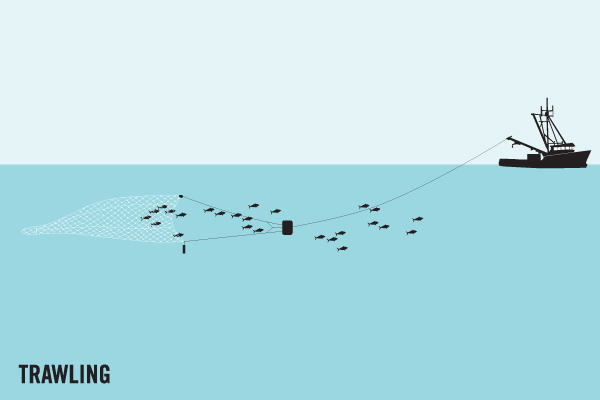Average Weight/Length
Common at 1-2 feet; seldom longer than 3 feet.
Other "Popular" Names for this Fish
Morena Pintada
Location Habitat
Seems to prefer clear water, but found from shoreline to deep coral reefs. A benthic and solitary species (Ref. 26340) abundant in shallow rocky and grassy areas and on coral reefs; less common in turbid bays or harbors. Its bite is very dangerous. Active during the day, sometimes together with other predators. Feeds on fish and crustaceans. Usually seen with its head protruding from a hole and the rest of its body concealed. Observed to be unusually aggressive towards man.
Biology & Physical Description
White or yellowish with many dark brown spots that vary in size. Moderate-size moray with a pattern of distinct small, round, overlapping dark brownish to purplish-black spots on white or pale yellow background
Life Cycle & Mating Behavior
Spawning migrations, leptocephalus larvae.
Geographic Species Map (Fishbase.org Map)
|
|

|
Summary of Distribution: Western Atlantic: North Carolina, USA and Bermuda to Brazil, including the Gulf of Mexico, the Caribbean to southeastern Brazil. Eastern Atlantic: Ascension and St. Helena. Mid- and eastern Atlantic islands |
|
Note: Distribution range colors indicate degree of suitability of habitat which can be interpreted as probabilities of occurrence (fishbase.org) |
|
Sport Fishing Techniques
|
|
TrawlingTrawling is when.... |
|
Tackle & Baits
Never targeted, it's usually caught on bottom-fishing tackle of various sorts.
Game Rating
Game Rating : 2/10
Game Description :
Tough to pull out of its hole, but its biggest fight comes after landing, when it likes to tie itself - and the fishing line - into knots.
Food Rating
Game Rating : 4/10
Game Description :
Unappetizing at best, and also implicated in Ciguatera poisoning. Marketed fresh and salted in some parts of the world.
Picture (Fish)
|
|
|
|
|
|
|
|
|




















 Spotted Moray
Spotted Moray 







